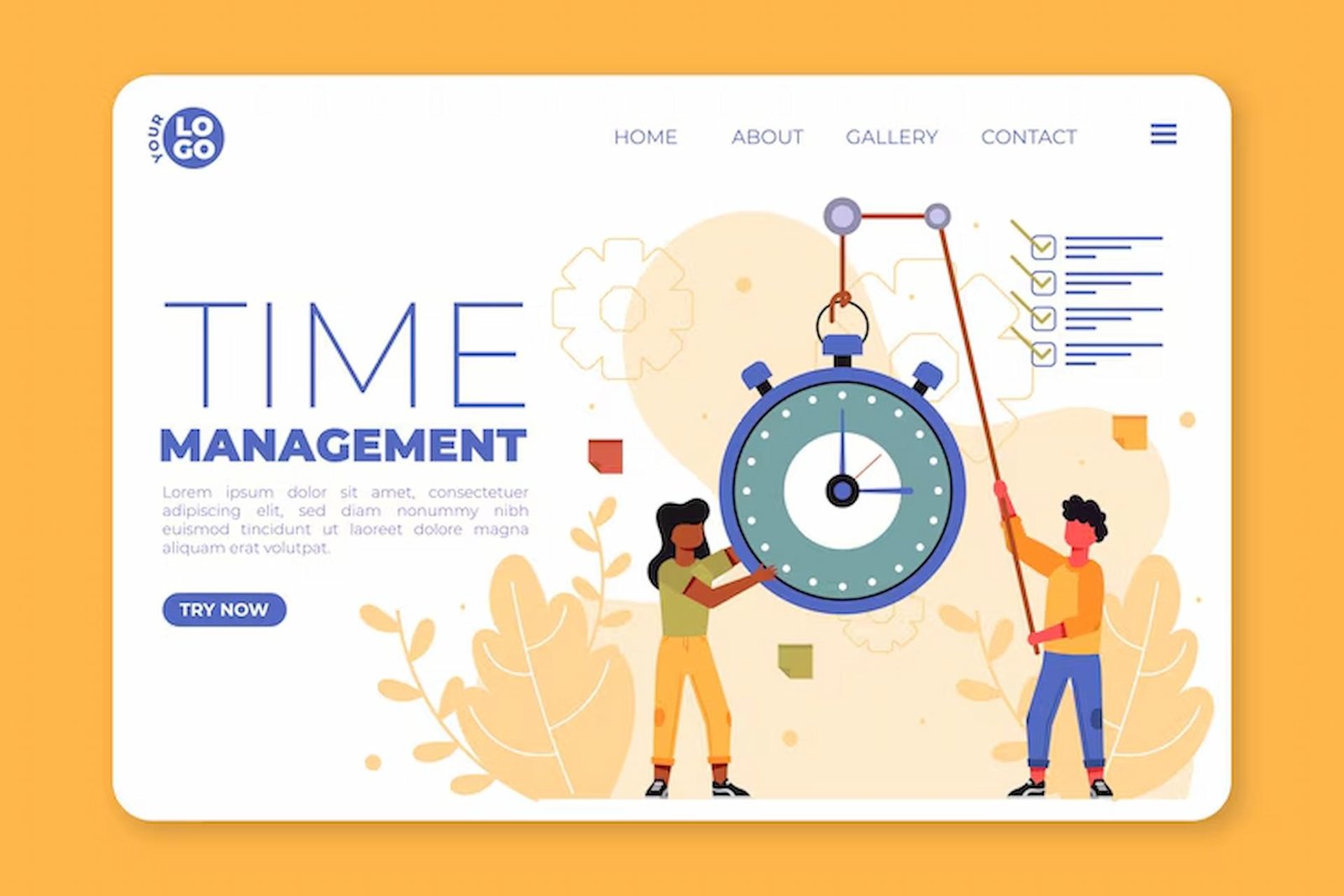Staying competitive as a service-based business often depends on how well planning aligns with client behaviour. Service providers who adjust their promotional strategies based on annual demand patterns are more likely to capture attention, increase bookings and reduce wasted marketing spend.
Waiting until the last minute to plan doesn’t work for sectors where timing defines success. The most effective campaigns reflect seasonal realities, from healthcare providers to personal services and business consultants. Instead of relying on assumptions, it pays to schedule ahead using data-driven insight.
Make Annual Patterns Work for Your Business
Seasonal demand is consistent across many industries. Certain periods each year naturally bring higher or lower levels of engagement, bookings, and sales. Recognising these patterns can give service providers a reliable foundation for planning.
For instance, legal and financial advisors often see increased activity around tax deadlines. Salons and beauty clinics tend to pick up before major holidays. Fitness professionals notice a spike in enquiries at the start of January. These examples aren’t random; they’re driven by customer mindset shifts at set points each year.
Ignoring this structure can lead to missed opportunities. Planning without context means marketing campaigns may land when clients are distracted, unavailable or focused on other priorities. Instead, mapping content, promotions and internal resource planning around when demand typically increases leads to more consistent results.
Build Smarter Campaign Schedules with Seasonal Data
A clear campaign schedule helps service businesses keep pace with changing client needs throughout the year. This framework also supports better management of internal workflows. Staff availability, stock levels, and budgets all benefit from clarity around what’s happening and when.
Campaign timing shouldn’t just follow the business’s convenience. When campaigns align with clients’ thoughts, they tend to resonate more strongly. This includes services that solve seasonal problems, support annual goals, or relate to shared events like weddings, summer holidays or back-to-school periods.
Quarterly planning is a helpful approach. Reviewing past years can reveal trends worth replicating or adjusting. For example, if March consistently brings a drop in bookings, that could be an ideal window to push rebooking incentives or introduce loyalty offers.
Service-Specific Planning: A Look at Dental Treatment Cycles
Dental clinics offer a good reference point for how timing supports long-term growth. The UK dental industry sees regular shifts in treatment demand based on seasons, events, and public awareness spikes. Practices that understand these cycles are better prepared to market the right services at the correct times.
Between January and March, teeth whitening and general check-ups become popular as people reset their routines. Spring and early summer increase interest in cosmetic treatments, especially around weddings and holidays. Autumn usually involves family-focused scheduling, while late-year marketing often ties into end-of-benefit campaigns and festive appearances.
This is where tools like a dental marketing calendar come into play. They provide a structured view of when specific services are likely to gain traction, helping clinics time their messaging with real intent.
Using data-led scheduling, clinics can launch targeted campaigns ahead of demand, rather than reacting late. That means higher engagement, better planning, and fewer missed opportunities. The concept isn’t limited to dental care. It works for most service-led businesses aiming to time their marketing well.
Applying the Same Strategy Across Other Sectors
The principle of seasonal timing isn’t exclusive to healthcare or personal services. Many other sectors benefit from applying a structured approach to promotional scheduling.
Educational services, for instance, can plan campaigns ahead of academic term cycles. Recruitment agencies might see activity spike at the start of the financial year or just before the summer hiring season. Hair and beauty salons run effective promotions around social events and holidays.
For any business that offers services tied to client timing or availability, planning ahead gives an advantage. It ensures that content, offers, and campaigns hit when people are already searching or ready to act, reducing advertising waste and improving conversion rates.
Each industry has its own triggers. Research, combined with internal sales patterns, provides a starting point. From there, teams can build annual timelines to guide promotions, resource planning and customer engagement.
Keep Campaigns Relevant and Timed for Impact
Timing isn’t only about when to launch. It’s about making sure messaging fits the needs and mindset of your audience. Generic campaigns sent out during quiet periods often fall flat. Relevance makes a difference.
For example, promoting seasonal treatments like flu vaccinations in autumn feels natural. Offering them in summer wouldn’t make sense. That same thinking applies across all service types. Results will usually improve if teams plan content around specific events, calendar moments, and behavioural trends.
Content calendars don’t need to be packed full every month. The aim should be targeted, strategic messages should be sent during active periods, and should be reinforced by consistent internal operations. Businesses that get this balance right often build stronger engagement, without needing to outspend competitors.
Act on Timing to Strengthen Year-Round Performance
Staying responsive to seasonal trends supports more reliable performance across the year. Businesses that make timing part of their planning avoid many disruptions from flat campaigns or missed engagement windows.
Make time each quarter to review industry patterns, campaign performance, and internal capacity, and adjust your plans accordingly. This consistently leads to sharper promotions, smoother operations and stronger client relationships.
It’s not about doing more. It’s about doing things at the right time. Build your calendar, align your teams, and launch at the right time.

